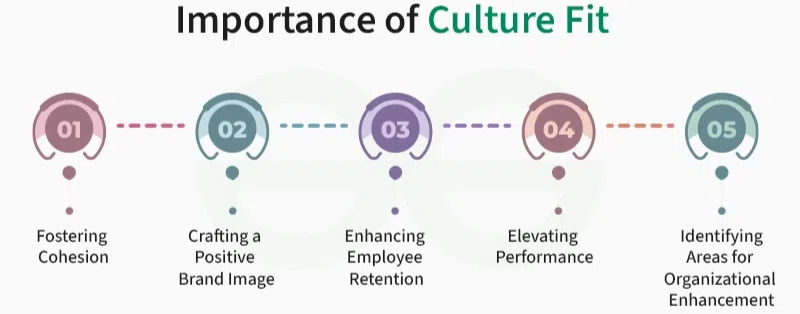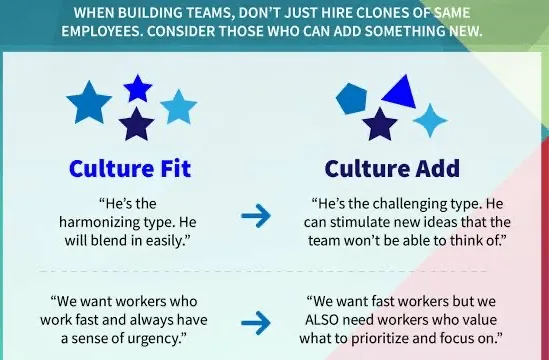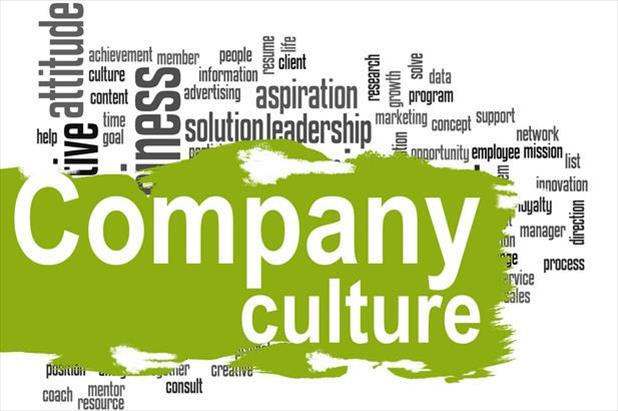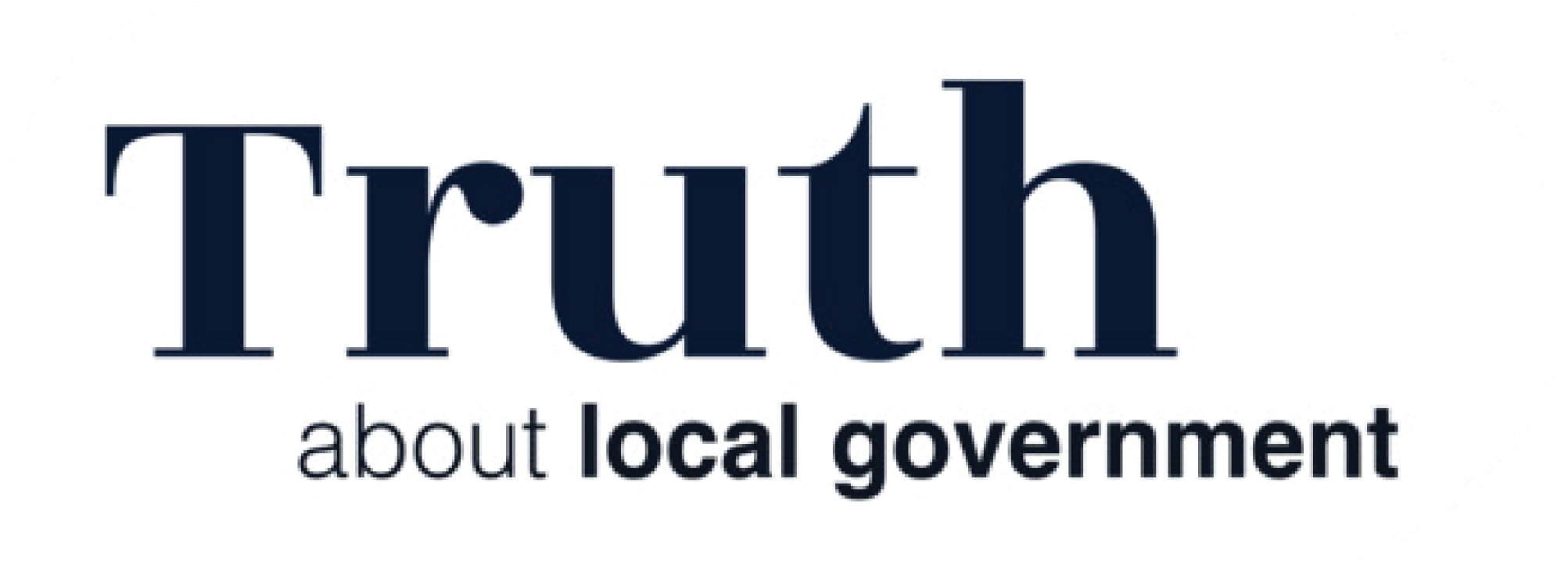Hiring as a Strategic Asset: Rethinking Cultural Fit in Local Government Recruitment
- truthaboutlocalgov
- Sep 16
- 10 min read
Recruitment in local government is too often treated as a reactive, transactional process fill the vacancy, tick the box, move on. But this mindset fails to recognise the strategic potential of hiring. Every appointment is an opportunity to shape the future of the organisation. It’s not just about plugging a gap; it’s about investing in the people who will drive transformation, deliver services, and embody the council’s values.
In today’s climate marked by financial pressures, rising community expectations, and the need for agile, inclusive leadership recruitment must evolve. Councils are no longer just looking for technical competence or sector experience. Increasingly, they are asking:Will this person thrive in our culture? Will they help us grow, adapt, and lead with purpose?
This shift reframes recruitment as a strategic lever one that influences organisational cohesion, staff morale, and the ability to deliver on long-term goals. It also places greater emphasis on understanding the cultural dynamics of the organisation and how new hires will interact with, challenge, and contribute to them.

Culture Fit vs. Culture Add: Why the Distinction Matters
The term “culture fit” has become a staple in recruitment conversations, but it’s often misunderstood or misapplied. When used narrowly, it can lead to homogeneity hiring people who look, think, and behave like those already in the organisation. This may feel comfortable, but it risks reinforcing outdated norms and stifling innovation.
Progressive councils are now embracing a more nuanced approach: culture add. This means seeking candidates who align with the organisation’s core values but also bring something new different perspectives, lived experiences, or ways of thinking that can enrich the team and challenge the status quo. In local government, where the workforce must reflect and respond to diverse communities, this distinction is critical. Culture add supports inclusion, drives innovation, and helps councils build teams that are not only cohesive but also resilient, adaptive, and future-focused.
It also aligns with the sector’s broader ambitions around transformation and citizen engagement. A team that shares a common purpose but brings varied insights is better equipped to tackle complex challenges, co-design services with communities, and lead change from within.
Embedding Objectivity: The Barrett Values Centre Model
One of the most compelling innovations in public sector recruitment is the integration of values-based assessment frameworks particularly the Barrett Values Centre model. This model offers a structured, evidence-based way to understand both individual and organisational values, helping councils move beyond subjective impressions and towards transparent, strategic hiring.
At its core, the Barrett model maps values across seven levels of organisational consciousness, ranging from basic operational needs (e.g. financial stability, compliance) to aspirational goals like societal contribution and legacy. These levels are:
Survival – Focused on safety, stability, and risk management.
Relationships – Emphasising trust, respect, and collaboration.
Self-Esteem – Centred on performance, professionalism, and pride.
Transformation – Encouraging learning, adaptability, and innovation.
Internal Cohesion – Driven by shared purpose and values alignment.
Making a Difference – Committed to service and community impact.
Societal Contribution – Focused on sustainability and long-term legacy.
By surveying both candidates and internal stakeholders (e.g. hiring managers, senior leaders, representative staff), councils can generate a rich dataset that reveals:
Current cultural values (how the organisation operates today)
Personal values (what matters most to individuals)
Desired cultural values (where the organisation wants to go)
This enables a gap analysis between present and aspirational culture, helping councils identify not only who will fit in, but who can help drive cultural evolution.

Cultural Entropy: Diagnosing Organisational Health
A particularly powerful feature of the Barrett model is its ability to measure cultural entropy a diagnostic tool that quantifies the presence of limiting values within an organisation. These are values that restrict openness, collaboration, and growth, such as:
Blame
Control
Bureaucracy
Confusion
Manipulation
Internal competition
High cultural entropy suggests that a significant portion of organisational energy is being consumed by dysfunctional behaviours. In recruitment terms, this matters enormously. A high-entropy environment may struggle to onboard new hires effectively, resist change, or experience low morale and engagement.
For example, an entropy score of 30% indicates that nearly one-third of the organisation’s cultural energy is being diverted by limiting behaviours. This insight allows councils to:
Assess readiness for recruitment: Is the culture supportive enough to welcome and retain new talent?
Tailor onboarding strategies: What support will new hires need to thrive?
Inform leadership development: Where are the cultural pain points that need attention?
Importantly, cultural entropy is not a judgment it’s a starting point for transformation. Councils can use this data to identify areas for improvement, align leadership behaviours with staff expectations, and build a healthier, more inclusive culture.
Why This Matters for Local Government
In a sector where purpose, service, and community impact are central, values alignment is not a luxury it’s a necessity. The Barrett model provides councils with a transparent, inclusive, and strategic framework for recruitment that supports:
Better hiring decisions
Stronger team cohesion
Improved retention and engagement
Organisational transformation
It also helps councils avoid the trap of hiring for short-term technical fit while neglecting long-term cultural sustainability. By embedding cultural fit assessment into recruitment, local authorities can build teams that reflect their values, serve their communities, and adapt to future challenges.

Cultural Entropy: Diagnosing Organisational Health and Its Impact
Cultural entropy is more than a theoretical concept it’s a practical diagnostic tool that reveals how much organisational energy is being consumed by limiting behaviours. In local government, where collaboration, trust, and adaptability are essential, high cultural entropy can have serious consequences.
What Cultural Entropy Looks Like in Practice
Here are some examples of how cultural entropy manifests and impacts councils:
1. Blame Culture Undermining Innovation
In one council undergoing a digital transformation programme, staff surveys revealed a high prevalence of blame and fear of failure. This limiting value created a culture where employees were reluctant to propose new ideas or challenge outdated systems. Despite investing in new technology, uptake was low and innovation stalled not because of capability, but because of cultural resistance.
Impact:
Low staff engagement
Missed opportunities for service improvement
High turnover in transformation teams
2. Bureaucracy Blocking Collaboration
A large metropolitan authority scored high on bureaucracy in its cultural entropy analysis. Staff described decision-making as slow, siloed, and overly hierarchical. Cross-departmental projects struggled to gain traction, and frontline teams felt disconnected from strategic goals.
Impact:
Delays in service delivery
Frustration among staff and residents
Difficulty attracting agile, collaborative talent

3. Control and Micromanagement Limiting Leadership Development
In a district council, control emerged as a dominant limiting value. Managers were perceived as micromanaging rather than empowering, leading to low morale and limited leadership succession. Talented staff either left or disengaged, and external candidates were wary of joining a rigid environment.
Impact:
Poor internal mobility
Leadership pipeline stagnation
Recruitment challenges for senior roles
4. Confusion During Organisational Restructure
During a major restructure, one council’s entropy score spiked due to confusion and lack of clarity. Staff were unsure of their roles, reporting lines, and strategic direction. This led to internal competition, duplicated efforts, and a breakdown in trust.
Impact:
Reduced productivity
Increased conflict
Difficulty onboarding new hires
Why This Matters in Recruitment
When cultural entropy is high, even the most capable new hires can struggle to integrate, perform, or stay. Recruitment becomes reactive focused on replacing leavers rather than building resilient teams. Conversely, when entropy is low and values are aligned, councils can attract and retain talent that thrives, collaborates, and contributes to long-term goals.
By identifying and addressing cultural entropy early through tools like the Barrett Values Centre model local authorities can make recruitment not just safer, but smarter.

Why This Matters for Councils
In local government, recruitment is not just about filling vacancies it’s about shaping the future of public service. The stakes are high: councils are navigating transformation programmes, financial constraints, workforce diversity goals, and increasing demands from communities. In this context, values-aligned hiring becomes a strategic imperative.
The Strategic Benefits of Values-Aligned Recruitment
Retention improves when staff feel a genuine connection to the organisation’s purpose, values, and direction. Employees who resonate with the council’s mission are more likely to stay, contribute meaningfully, and grow within the organisation.
Inclusion deepens when recruitment focuses on culture add rather than conformity. This approach values difference, encourages diverse perspectives, and helps councils build teams that reflect the communities they serve.
Transformation accelerates when new hires bring fresh energy, aligned with strategic goals. Whether it’s digital innovation, service redesign, or community engagement, culturally aligned staff are more likely to embrace change and lead it.
Trust builds when recruitment is transparent, fair, and values-driven. Staff and stakeholders gain confidence in the process, knowing that hiring decisions are based on more than just technical fit they’re rooted in shared purpose and long-term vision.
Real-World Impact
In one council, the adoption of values-based recruitment led to a 25% increase in employee engagement scores within six months. Staff reported feeling more connected to the organisation’s goals and more confident in leadership. Early attrition dropped significantly, saving time and resources and improving team stability.
Another authority used cultural entropy analysis to identify limiting values such as control and blame that were undermining collaboration. By addressing these issues before recruitment, they created a healthier environment that supported onboarding and retention, especially in leadership roles. These examples show that cultural alignment isn’t a soft metric it’s a performance driver. It influences everything from service delivery to staff wellbeing, and it should be embedded into every stage of the recruitment process.
The Role of Recruitment Partners
While many councils are investing in internal culture work, external recruitment partners can play a vital role in embedding objectivity, consistency, and strategic insight into hiring.
PageGroup’s local government team, for instance, has demonstrated how recruitment can be both inclusive and transformative. By integrating the Barrett Values Centre model into their methodology, they offer councils a structured way to assess cultural fit balancing values alignment with behavioural evidence.
“Rather than hiring candidates who simply ‘fit in,’ we use the model to identify those who will add to and enrich the organisational culture.” Elliott Sharpe, Key Account Manager, PageGroup Local Government Team
This approach supports councils in hiring not just for today’s operational needs, but for tomorrow’s ambitions whether that’s building inclusive leadership teams, driving innovation, or strengthening community trust.
Recruitment partners also bring external perspective, helping councils benchmark their culture, identify blind spots, and attract candidates who might otherwise be overlooked. When done well, this partnership becomes a strategic asset supporting workforce planning, leadership development, and organisational resilience.

Why External Insight Matters and Why It Pays Off
Assessing organisational culture from within is inherently difficult. Even in environments that strive for psychological safety, staff may hesitate to speak openly about limiting behaviours, leadership dynamics, or cultural tensions especially if they fear repercussions or doubt that their feedback will lead to meaningful change. This is particularly true in local government, where hierarchical structures, political sensitivities, and legacy systems can make honest dialogue challenging.
That’s why the involvement of a trusted external partner can be so powerful. External facilitators bring neutrality, confidentiality, and methodological rigour. They can create space for candid reflection, gather insights across all levels of the organisation, and interpret cultural data without bias. When councils work with partners who understand the sector and are committed to values-based practice, they gain not only clearer visibility of their current culture but also a roadmap for where they want to go.
When this cultural insight is combined with a live recruitment exercise, the impact is amplified. Councils can use real-time data to shape interview questions, assess candidates against both current and aspirational values, and ensure that new hires are not only technically capable but also culturally aligned. This integrated approach strengthens onboarding, supports transformation, and increases the likelihood of long-term retention turning recruitment into a catalyst for cultural evolution.

The Cost of Getting It Wrong
The financial and operational cost of a poor hire in local government is significant. According to recent UK data, the average cost of a bad hire at mid-manager level is estimated between £30,000 and £50,000 . This includes:
Recruitment fees and onboarding costs
Wasted salary and employer contributions
Lost productivity (up to 72% reduction in team output)
Damage to team morale and cohesion
Opportunity cost from stalled projects and missed strategic goals
In a sector already facing budget constraints and workforce shortages, these costs are not just inconvenient they’re unsustainable.
Moreover, nine out of ten councils report difficulties in recruiting and retaining staff , with persistent challenges in areas like planning, social care, and finance. When recruitment fails, councils often resort to agency staff, increasing costs and reducing continuity. A single misaligned hire can ripple across departments, delay transformation programmes, and erode trust in leadership.
Amplified Results: When Culture and Recruitment Align
The good news is that when councils embed values-based recruitment into their hiring strategy, the results can be transformative.
In adult social care, councils using values-based recruitment have reported:
Higher job satisfaction among new hires
Improved retention, especially among staff with less than one year of service
Better service outcomes and inspection ratings
One council saw a measurable drop in early attrition and a 25% increase in employee engagement scores after aligning recruitment with cultural values. Another authority used cultural entropy analysis to identify and address limiting values such as control and blame before recruitment, resulting in smoother onboarding and stronger leadership cohesion.
These examples show that recruitment, when done strategically and in alignment with culture, becomes more than a staffing exercise it becomes a lever for organisational health, transformation, and public impact.

Conclusion: Recruitment as Culture Strategy
Hiring doesn’t need to be a risk. When approached strategically, it becomes one of the most powerful tools available to local government leaders an opportunity to shape organisational culture, accelerate transformation, and build teams that reflect both current values and future aspirations. Yet too often, recruitment is treated as a standalone process, disconnected from the wider cultural context of the organisation. This is a missed opportunity. Culture is not a backdrop it’s the environment in which people work, collaborate, and lead. It influences performance, retention, innovation, and public trust. And it evolves with every new hire.
To recruit without objectively assessing cultural fit is to ignore one of the most critical success factors in public service. It risks placing individuals into environments where they cannot thrive, and it undermines the potential for meaningful change. Conversely, when councils embed values-based assessment into recruitment whether through internal frameworks or trusted external partners they unlock a deeper understanding of who they are, where they’re going, and who can help them get there. Culture is not static. It’s organic, dynamic, and shaped by people. Recruitment is not just about finding the right person for the job it’s about finding the right person for the journey.



